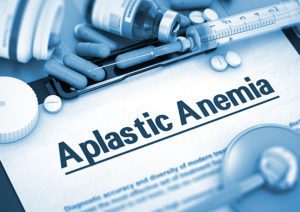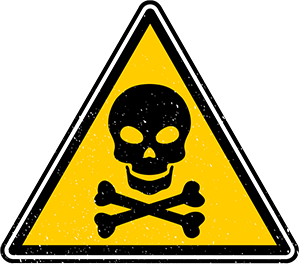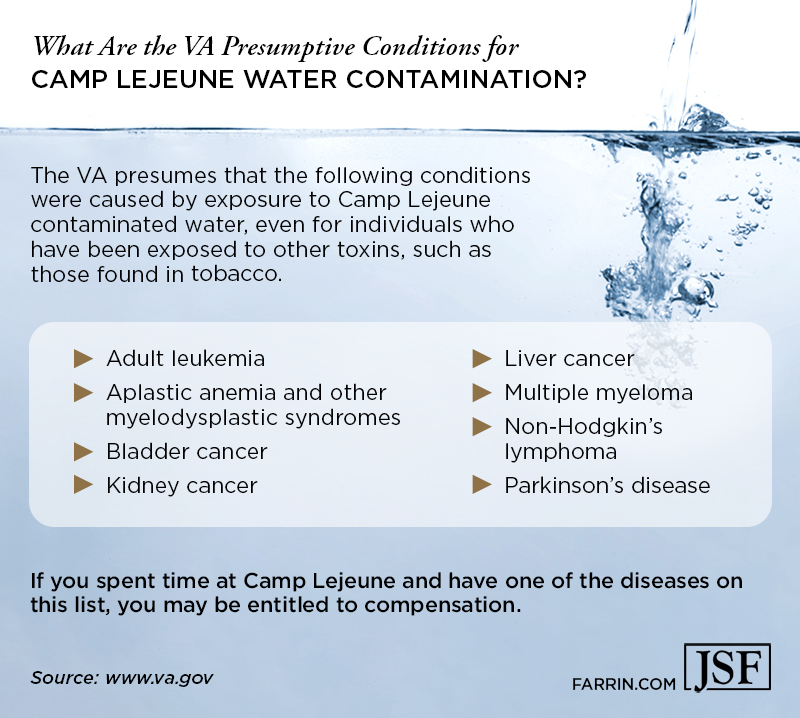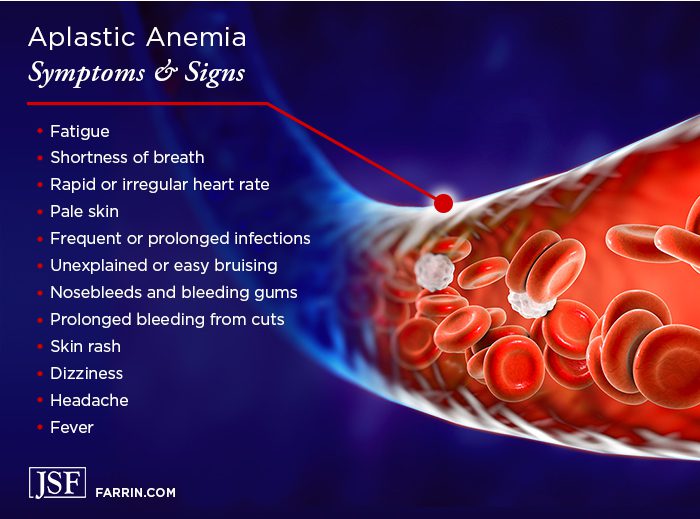Aplastic Anemia Camp Lejeune Water
Contamination Claims: Are You Owed?
Were you, or a loved one, stationed at Camp Lejeune in the 50s, 60s, 70s, or 80s? This Marine Corps base camp, located in Jacksonville, North Carolina, was home to tens of thousands of Marines and Sailors as they trained and prepared to protect our nation. But nothing prepared them, or their families or the base employees, for the harsh reality that the water they were drinking was poisoned with toxic chemicals.
Many people who trained, lived, and worked at Camp Lejeune were exposed to this contaminated water. Veterans and civilians alike have been diagnosed with aplastic anemia and other serious conditions which are likely due to this exposure.
If you believe that you, or your loved one, developed aplastic anemia from Camp Lejeune, we can help you take control of the situation by seeking compensation from the government for the harms and losses you may have suffered. We want to hear your story to see how we can help you. Contact us today for a free case evaluation – you owe us no attorney’s fee if we don’t recover for you.2
What Is Aplastic Anemia?

How Camp Lejeune’s Contaminated Water May Have Caused Aplastic Anemia at the Base

Other volatile organic compounds, such as perchloroethylene (PCE) and trichloroethylene (TCE), were also detected in dangerously high levels at these plants. The Agency for Toxic Substances and Disease Registry (ATSDR) reports that some of the water supply wells for the base were contaminated by multiple sources, such as leaking underground storage tanks, industrial area spills, and waste disposal practices and sites. These wells supplied this tainted water to the base, and many of people who lived, worked, and trained there may have developed aplastic anemia from drinking and washing in it.
Studies Show That Benzene Exposure Is Linked to Aplastic Anemia
In a toxicological profile on benzene, the ATSDR states that, “Benzene also causes a life-threatening disorder called aplastic anemia in humans and animals.” The profile examined different exposure scenarios, including exposure through contaminated water (drinking, bathing, and washing food and clothes in it) and exposure through inhalation (traffic pollution and smoking).
Unfortunately, we now know that benzene was in the drinking water at Camp Lejeune. If you, or a loved one, have aplastic anemia and spent time at the base, call our firm at 1-866-900-7078 for a free case evaluation. We can help you seek compensation from the government.
VA Includes Aplastic Anemia on its Presumptive Conditions List
Based upon the scientific and medical evidence showing an association between exposure to the contaminated drinking water at Camp Lejeune and aplastic anemia, the Veterans Administration (VA) has declared that aplastic anemia is a presumptive condition. Simply put, the VA presumes that exposure to the toxic chemicals in the base’s contaminated water caused aplastic anemia in some of the people who lived or worked at the base.
Individuals who can demonstrate that they were at Camp Lejeune military base for 30 days or more (the days don’t have to be consecutive) between August 1, 1953 and December 31, 1987 and have a current diagnosis of aplastic anemia are likely entitled to disability benefits.
Aplastic Anemia Symptoms and Signs
Aplastic anemia can affect people in widely varying ways. It can be short-lived or chronic, severe or mild, curable or fatal. Sometimes, individuals with aplastic anemia have no symptoms. Others may have the following signs and symptoms:
Fatigue
- Shortness of breath
- Rapid or irregular heart rate
- Pale skin
- Frequent or prolonged infections
- Unexplained or easy bruising
- Nosebleeds and bleeding gums
- Prolonged bleeding from cuts
- Skin rash
- Dizziness
- Headache
- Fever
If you, or your family members, have these symptoms and are worried that exposure to Camp Lejeune’s toxic water may have given you aplastic anemia, we urge you to visit a doctor soon. If you have been diagnosed with aplastic anemia, contact us for a free case evaluation. You may be eligible for compensation, and we want to help.
Honoring Our PACT Act Opens the Door for Veterans to Seek Compensation

Because Camp Lejeune water contamination wasn’t discovered until 1982, victims who were exposed in the 1950s, 1960s, and early 1970s or who had delayed adverse health conditions caused by the exposure to contaminated water were left without recourse. However, Section 804 of the PACT Act includes the Camp Lejeune Justice Act which addresses this injustice by specifying that people who were exposed to the water at Camp Lejeune for 30 days* or more between August 1, 1953 and December 31, 1987 have a limited time to submit their Camp Lejeune claims.
*The 30 days don’t have to be consecutive.
Call us today at 1-866-900-7078 so we can help you seek compensation. Don’t hesitate to call – even if you don’t have any records or evidence right now or aren’t sure when you, or a loved one, were at Camp Lejeune. We want to hear your story. We can help you decide on the best course of action for you.
What People Suffering From Aplastic Anemia Can Do Now
If you are suffering from aplastic anemia that you believe was caused by exposure to Camp Lejeune water, you can now seek compensation from the government, and we can help.
- The first step in this process is filing an administrative claim.
- The next step is reviewing the government’s response – either a settlement offer or a denial of your claim.
- If you disagree with the response, your attorney can then file a Camp Lejeune water contamination lawsuit.
We counsel Camp Lejeune victims to seek the guidance of an experienced attorney at the start of this process since any mistake or omitted information in the administrative claim could impact any later settlement or lawsuit. Call us even if you’ve already received VA benefits or were exposed to other contaminants in your life, such as tobacco.
Our Team Is Ready to Fight For You
We have the resources and the experience to help you through each step of your Camp Lejeune aplastic anemia case.
Our Resources:
- We have multiple offices in the U.S. Eastern District of North Carolina where all Camp Lejeune water contamination claims must be filed.
- We have skilled attorneys who are ready to fight for your rights, including taking your case to trial as needed.
Our Experience:
- We helped 15,000+ Black farmers fight discrimination by the government in a historic civil rights case that resulted in a $1.25 billion settlement.3
- We are currently fighting 3M for veterans suffering from hearing loss in one of the largest multi-district litigations in U.S. history, as well as DuPont/Chemours for contaminating drinking water.
What Can you Expect as Compensation for Camp Lejeune Aplastic Anemia?
Potential aplastic anemia settlement amounts will vary because every Camp Lejeune victim suffering from this rare blood disorder has a different set of circumstances. An attorney can help you identify sources of possible compensation, such as lost wages, health care benefits, and pain and suffering. If you have lost a loved one because of aplastic anemia contracted from exposure to the water at Camp Lejeune, you can seek death benefits.
Additional FAQs About Camp Lejeune and Aplastic Anemia
Who Is at Risk for Aplastic Anemia?
People of all ages can develop aplastic anemia, though it is most common in adolescents, young adults, and the elderly. The blood disorder disease does not discriminate between men or women, and it is two to three times more common in Asian countries.
Can Aplastic Anemia Turn Into Leukemia?
In a toxicological profile on benzene, the ATSDR states that, “Benzene has also been associated with acute non-lymphocytic leukemia in humans, and aplastic anemia may be an early indicator of developing acute non-lymphocytic leukemia in some cases.”
Can Bone Marrow Failure and Low Blood Cell Counts Be Cured?
A bone marrow transplant, also called a stem cell transplant, can possibly cure aplastic anemia by replacing damaged stem cells with healthy ones from a donor. A transplant is the preferred treatment for severe aplastic anemia.




 Fatigue
Fatigue